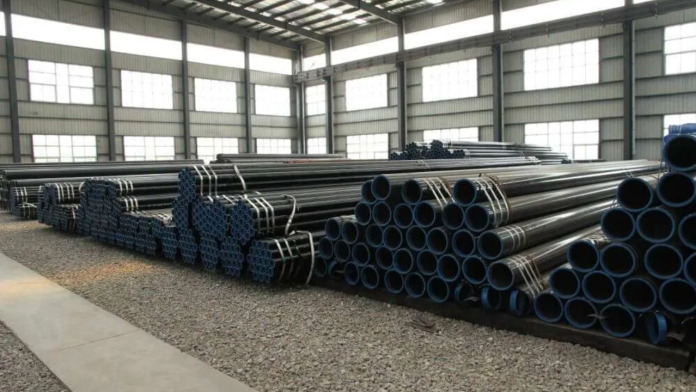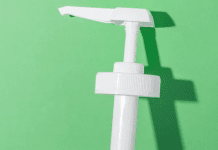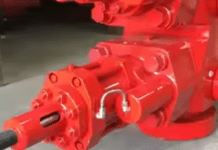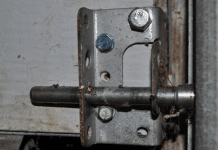Pipe fittings are the components that join parts arranged in a multiport, offset, series, or installation configuration. Pipe fittings made of carbon steel arrive in several forms and sizes and are made from a variety of materials. Steel pipe fittings include Reducers, diaphragm pipe fittings, elbows, tees, sleeves, flanges, pipe junctions, and valves, among others. Pipe fittings are an example of a pipe system.
The entire piping system is made up of steel pipes, flanges, bolts and nuts, washers, valves, pipe fittings, and other piping components’ pressure-bearing parts. TUSPIPE values product quality and adheres to strict quality control procedures. The organization has devised a test to ensure the quality of its products. The test and inspection center can perform tensile tests, hydro tests, impact tests, and DWTT using cutting-edge technology.
What Materials Are Commonly Used For Pipe Fittings?
Pipe fittings are commonly made of steel, stainless steel, copper, brass, PVC, and CPVC (chlorinated polyvinyl chloride). Each material is selected depending on its intended application, the type of fluid being conveyed, and the ambient conditions. These materials have a variety of qualities, including strength, durability, and corrosion resistance, making them appropriate for a wide range of industrial and residential piping systems.
Quality Assurance and Reliability Testing Of Pipe Fittings
Pipe fittings play an important role in the dependability and efficiency of fluid transport systems. To assure the safety and functionality of these systems, rigorous quality assurance, and reliability testing techniques are used during the manufacturing and production of pipe fittings. This article delves into the rigorous testing processes required to ensure pipe fittings meet industry standards and regulations.
Material Inspection
The quality assurance process starts with a detailed evaluation of the raw materials used to manufacture pipe fittings. Materials such as steel, stainless steel, copper, or alloys are tested for chemical composition, tensile strength, and other mechanical qualities based on their application and industry requirements. Any variation from the stipulated requirements may lead to the material being rejected.
Dimensional Accuracy
Pipe fittings must have accurate dimensions to fit and perform properly. Advanced measurement equipment such as calipers, micrometers, and coordinate measuring machines (CMMs) are used to ensure the fittings’ precision. This includes measuring exterior diameters, wall thicknesses, angles, and other essential parameters.
Visual Inspection
Visual inspection is an important element in quality control. Trained inspectors assess the fittings’ surface polish, weld seams (if welded), and general appearance. This step detects any surface faults, abnormalities, or symptoms of corrosion. Visual examination is frequently supplemented by techniques like dye penetrant testing to discover surface fractures or faults that are not visible to the human eye.
Pressure Testing
Testing pipe fittings at different pressures are one of the most important components of assuring their reliability. These tests imitate real-world working conditions, ensuring that the fittings can handle the necessary pressure without leaking or malfunctioning. Hydrostatic testing, which uses water or another liquid to pressurize the fittings, is a typical approach.
Functional Testing
Functional testing assesses the performance of pipe fittings in a dynamic environment. This includes determining how effectively the fittings manage changes in flow, temperature, and pressure. For example, valves may be cycle-tested to ensure that they run smoothly and consistently over a set number of cycles. This stage assures that the fittings not only meet static pressure requirements but also work consistently in a variety of situations.
Corrosion Resistance Testing
Corrosion resistance is critical, especially in fittings used in areas prone to chemical exposure or harsh weather. Accelerated corrosion tests, such as salt spray or exposure to corrosive substances, are used to determine how effectively the fittings resist corrosion over time. Protective coatings and surface treatments are also tested for their ability to resist corrosion.
Compliance with Standards
Pipe fittings must comply with industry standards and requirements at all times throughout testing. These standards, developed by organizations such as the American Society for Testing and Materials (ASTM) and the International Organization for Standardization (ISO), provide benchmarks for material qualities, dimensions, and testing techniques.
Conclusion
Quality control and reliability testing are essential stages in the manufacturing of pipe fittings. The thorough testing processes, which range from material inspection to standard compliance, work together to ensure that fittings fulfill high-quality standards. Manufacturers employ these testing standards to improve the overall safety, durability, and efficiency of piping systems in a range of industries, providing end-users confidence that their fluid transportation systems will work smoothly.








